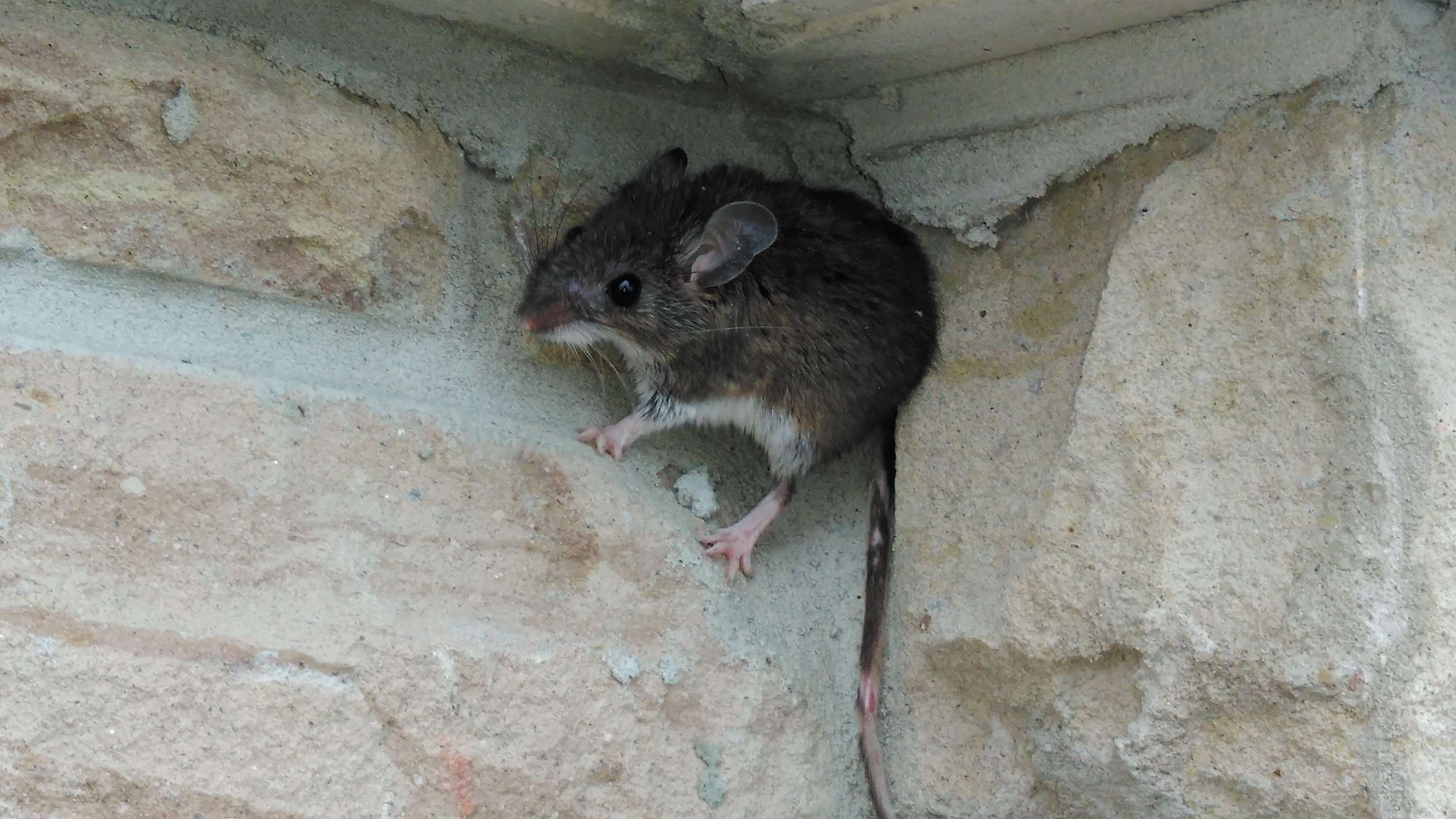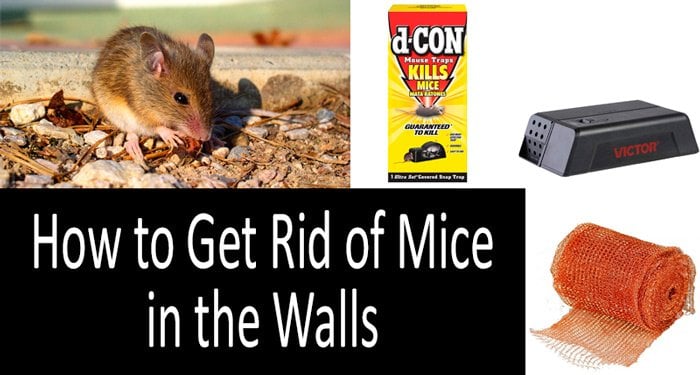Table Of Content
Some observations on the granivorous feeding behavior preferences of the house mouse (Mus musculus L.). Do not worry, you will not have to take down your bird feeder to keep the mice away. Brush piles, unruly stacks of wood, unused boards, and building materials are all possible nesting locations for mice. They like areas that are covered, warm, and safe from predators.
Set Some Mouse Traps ASAP
Below is a list of household substances that naturally repel mice. Your pets will likely be on high alert, with pupils dilated and ears at attention if there is a mouse around. They’ll likely pace in the area where they detect an unusual scent, and may randomly pounce as they hunt the mouse down. They might become suddenly excited for no obvious reason, and meow, bark, or whimper. Switch off your central heating and cooling system and let the grates reach room temperature.
Ways To Get Mice Out Of Your Living Room For Good

And in winter, groups of as many as 15 deer mice might share a nest to keep warm. Mice are small rodents that are part of the mammal family Muridae. You've probably spotted one before, so you'll recognize their pointy ears, small eyes, whiskers, and long tail. But there are many types of mice that live all around the world, so their looks, behaviors, and habits can vary a lot.
Is it a mouse or a rat?
Having mice scurrying around in your walls can be frustrating, if not frightening. These tiny rodents can cause big problems by gnawing through electrical wires, raiding your pantry, and exposing your family to disease. In this article, we’ll explain how to get rid of mice in the walls, including both do-it-yourself (DIY) and professional pest removal options. Mice typically stick to the dark, unoccupied parts of your home, including crawl spaces, air ducts, and wall cavities. Additionally, they usually stay hidden during daylight hours, so you may have an infestation long before you ever actually spot a mouse. Since mice often nest and live inside the walls of a home, it’s common for mouse pee to absorb into nearby porous materials such as wood and insulation.
Signs of Mouse Infestation in Home
Although different types of cracks depending on the severity and direction can indicate differing issues, if space exists, mice can enter. The solution to torn or broken vents is to repair and replace or create a barrier. By reinforcing and/or monitoring ventilation issues, you’ll be able to stop rodents quicker. If the scope of the problem is too large, involved, or expensive to handle on your own, pest control companies are your best bet. One common sign of a mouse infestation is noticing the smell of mouse pee.
Health Risks Associated With Mice Infestations
Once inside, they may build nests out of insulation or other materials they find in the walls, crawlspace, attic, or garage. They also chew on wires or other parts of the home, which can cause damage. If you’ve seen a mouse scurrying around your house or heard scratching noises in the walls, you might wonder if you have a mouse infestation. One of the most common signs of mice is droppings, but what if you haven’t found any? There are other signs you can look out for that indicate a rodent problem.

Mothballs, ammonia, cinnamon, cloves, cayenne pepper, and vinegar may also help keep mice away. Look for licensed and insured professionals with good reviews and clear, up-front pricing. Terminix and Orkin are two well-known companies with excellent reputations. Any company you hire should be willing to discuss their methods and any potential risks involved.
Food Processing Facilities at Risk for Rodent Infestations - Food Safety Magazine
Food Processing Facilities at Risk for Rodent Infestations.
Posted: Mon, 02 Jan 2023 08:00:00 GMT [source]
There are several ways to get rid of mice in your walls, including using traps and rodenticides. However, not all products are equally effective or safe for use around children and pets. It’s important to do your research when looking for which products will work best for getting rid of mice in walls and not house issues.
Identifying Signs of a Bad Mice Infestation
Look at this tiny hole chewed where a new kitchen cabinet was fastened to the wall. As you work on getting the mice out of your house, also ensure that they can’t find their way back in. Remember that mice can gnaw through sprayable foams and sealants, so look for filler made out of chew-resistant polyester or stainless steel fibers. Wire mesh is a good choice for large holes on the exterior of your home, and door sweeps will cover entranceway gaps by the floor. Small cracks in a foundation, holes in siding, and gaps around windows and doors can all serve as entry points for rodents.
If you regularly clean your home, you may be inadvertently removing any droppings before you have a chance to see them. Another possibility is that the mice are eating their droppings. While it may seem gross, mice will eat their feces to obtain nutrients that they did not absorb during digestion.
If their nest is inside your walls, the mouse can cause an unpleasant odor. Sticky boards and glue traps are products that will catch mice and cause their paws to stick to the board. Rodenticides are baits laced with anticoagulants that will cause a mouse to perish. Now that you know how the mice are getting inside, it’s time to do something about the actual mouse in your house. You can attempt to take care of the problem yourself, or you can hire a local professional to remove the mouse. Vents help release air to the outside and keep air moving inside the house.

No comments:
Post a Comment